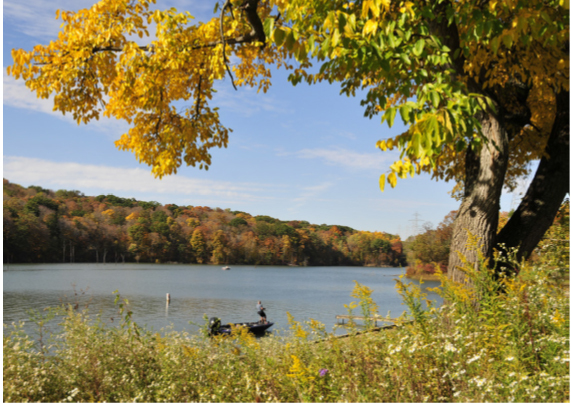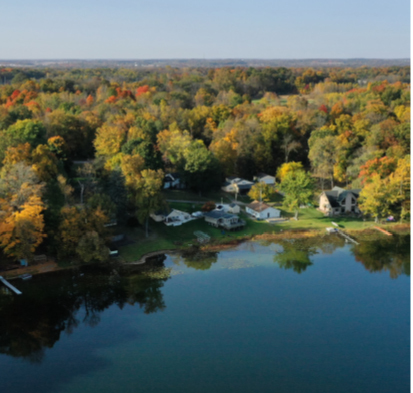Indiana is a state rich in natural resources. That includes water, with more than 35,000 miles of waterways and over 100,000 acres of publicly owned lakes and reservoirs. Indiana’s conservancy districts can play a vital role in managing and protecting these water resources.
A conservancy district is a special-purpose unit of local government that manages water resources within a defined geographic area. These districts are created to address specific water-related issues such as flood prevention and control, drainage improvement, irrigation, water supply, sewage services, recreation, erosion control, augmentation of streams, and operation and maintenance of structures related to water management. They are established under the Indiana Conservancy District Act (IC-14-33) which was passed in 1947. Since the Conservancy District Act was passed, 142 conservancy districts have been formed throughout the state, with 102 of those districts still active.
 |
When a conservancy district is created, it can have many benefits to the community. Conservancy districts are a way for communities to raise funds and address water issues that directly affect them. By forming a district, all property owners within it can fairly contribute funds for projects that would otherwise be too expensive for a few individuals to fund. For example, districts can allow communities to have access to clean drinking water or sewage services that otherwise would be unattainable. A district also allows government status to secure loans or grants if needed.
Conservancy districts are governed by a board of directors whose members are elected by the property owners living in that district. The board works to form a district plan which outlines the goals as well as specific strategies and projects needed to reach those goals. After the district plan is approved, the conservancy district goes to work to implement projects outlined in its district plan. Projects can vary widely depending on the needs of the district, but some examples of projects could be water or sewer line connections, dredging, dam maintenance and operation, streambank stabilization, and woody debris removal.
 |
Conservancy districts make it easy for multiple issues to be addressed and involve the whole community in finding solutions. By supporting and participating in the work of conservancy districts, Hoosiers can help provide important water services and management for the community without having to rely on other unstable funding sources. Districts can play a crucial role in maintaining the balance between development and conservation, ensuring sustainable water use for generations to come.

























